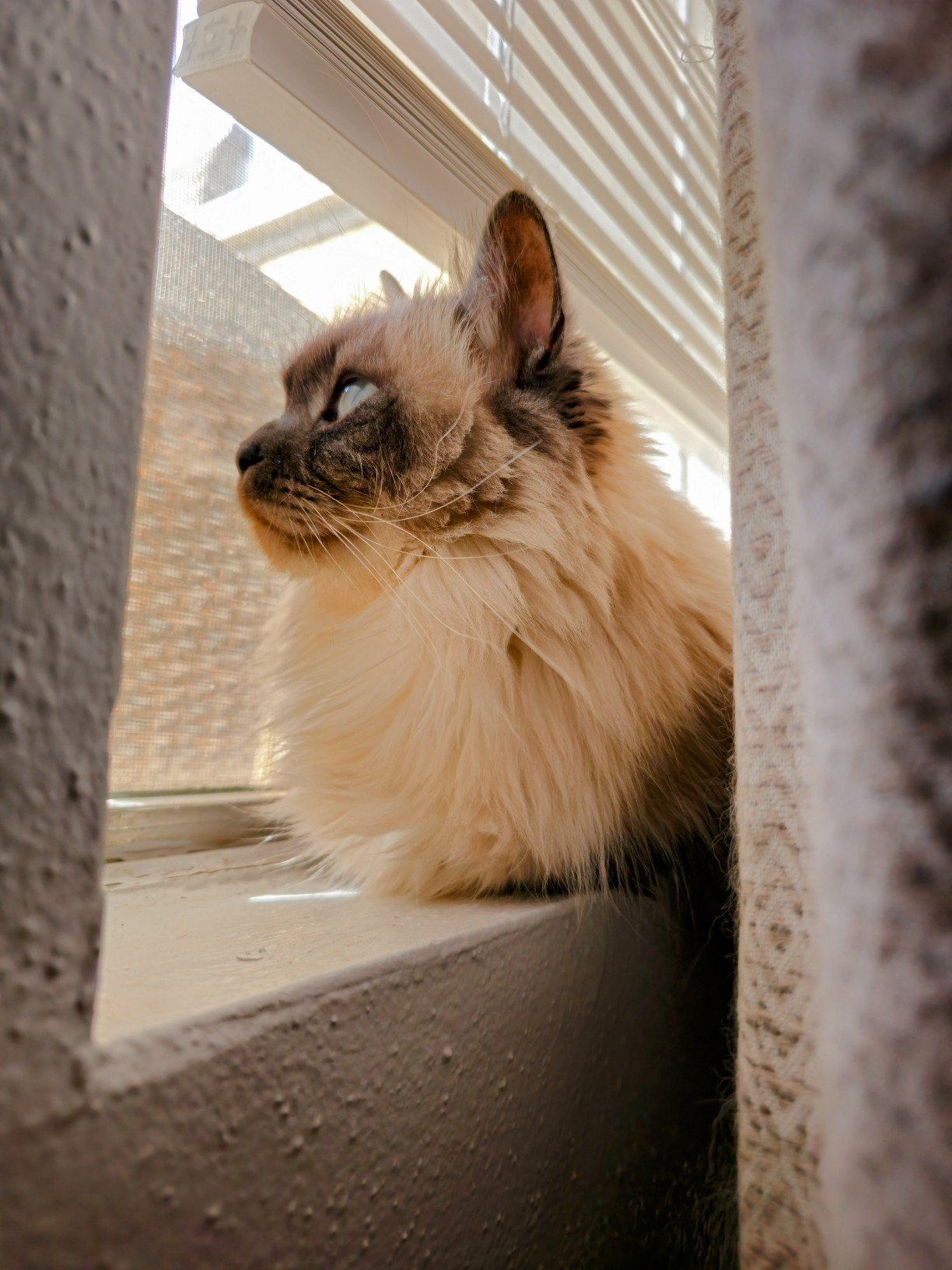

Sad spyware and adware noises


Sad spyware and adware noises


Is that not what KDE Discover and Gnome Software Center do? Or is this a new one for Gnome?


<insert diety here> was definitely looking out for us. I’ll celebrate this weekend at <insert place of worship here> and with a month-long <insert label for religious adherence to diet, clothing, and activities>


You’re right. I missed 2 zeroes.


When you have millions of players, .03% is 300 people per million. Consider the fact that the .03% of people in this figure are those who report this bug to Riot.
Perhaps not included in the .03% are people who lost their install and:
Riot is has a colorful history and a future of misuing and abusing statistics across the board. It’s practically their modus operandi.


They put some under-the-hood improvements in 10 that they didn’t put in 7, such as a new display driver model and Directx 12.
But that does not make a difference to most people. Industry desupporting of Windows 7 is the biggest con to it.
Eventually, 10 will share 7’s fate. So you’ll have both 10’s regressions and 11’s and so forth to live with as long as you’re on Windows. You can’t stop Microsoft from desupporting and killing their software in the long run.
Microsoft has a multi-decade history of enshitification when they do not perceive any major threats. Internet Explorer, DirectX, Windows Server, etc. all rotted. Some of these are still active and supported, yes, but they all peaked years ago and are aging poorly. Microsoft doesn’t really do the labor of love thing much when customers are bagged.
Linux may be able to dethrone them to an extent if it can reach an ease of access/UX that most people are comfy with. And it has made huge strides over the years. It can also run most Windows software very well.
Mac is still priced very high and still feature-limited and a 2nd/3rd-class citizen when it comes to platform targeting. Offering lower priced conputers would make them a pretty big threat I think.
I think ChromeOS is a decent threat to Windows but it loses tons of features vs all the other options. At least it is really cheap and easy to use.
I’ve had a lot of experience with Linux and I use Nobara currently. My only catch with Bazzite is that I didn’t know the first thing to do. It somehow felt as if most of my experience in Linux was just useless.
Not saying it’s a bad thing, I just decided I’d stick to Nobara for now and try learning Bazzite in the future to give it a fair shake.
I’m also a tweaker. I like to play with ZRam and add other things to the OS, like a custom kernel with BCacheFS-Git to support my gaming darastores. I suspect some of my creature comforts may be harder to get.


Donut holes and icing very, very frightening me


Yeah, but what if I want:
If not League of Legends, where else am I gonna get all of that from?
Using swap isn’t always a sign you need more RAM. Typically, if you use a computer for a while or have a lot of IO operations going on, Linux will decide to swap some things to make more room for cache.
Sometimes Linux just finds that you have a bunch of inactive app memory and it can swap that out to cache way more stuff. That’s just good memory management, but it’s not worth buying more RAM over
What is a cache file?


TVs have a history of listening and collecting a lot more data than a smart device.
With a TV device like an android or Linux box, you can prevent that as well as ad-injection because you can install whatever you want on the device and it’s not as locked down as a TV. You can even disable or physically remove recording devices if you’d like, and many smart boxes do not even come with them.
Also, a pihole does not guarantee you filtered out everything or prevented the TV from interfering with your experience.
A TV can also change its policy on the fly and suddenly start injecting ads. Many TVs do this to add additional income after your purchase.


What do you mean Albuquerque has fewer people than NYC? One time I was at this cafe in Albuquerque and it was packed!
I wouldn’t put swap on an SD card, no. Even if it had an NVME, it seems like putting up at least a double-digit percent would be more effective than 1%.
Also, since 6.1, swap has been a lot better, with MGLRU. ChromeOS gets away with paltry amounts of RAM due to swapping. So classic overcommitting seems fine as long as you don’t run into situations where more RAM is active at once than is available by hardware.
I think the question is: if a person is going to make such a tiny swap, why even use swap?
Such a small swap is unlikely to save a system from memory problems and it’s does not seem likely to make a noticeable difference in performance when it’s only able to swap out small amounts of memory.
Why wouldn’t one just put in larger ZRAM or a larger Swap with a reduced swapiness?
If I have a raspberry pi with 1 GB ram, I don’t think a 2 MB swap is worth bothering with.


If they go from the resolution they used to native 4k, they waste a lot of battery life. If they go the other way, you have low res. I think they happened to pick within a golden DPI range. Not too high or low.
On KDE Wayland, I really don’t really see any blurriness issues. I’m not even on KDE 6 yet.


Technology never ceases to amaze me. It’s crazy to think about what ancient people must’ve had to do to get pants on


Do we have good malware scanners and anti malware for Linux these days? Forgive my ignorance.


I use Kagi for everything, and use DDG and Google as backup searches. Usually, if Kagi didn’t get me what I want, others won’t either. I still prefer using multiple engines when looking into certain things, and that’s no fault of Kagi.
Best feature IMO is personal ranking and DenyListing. For example, I can downrank Microsoft.com from my results, uprank StackOverFlow, and block CNet from my results. I can also downrank or block SEO nonsense sites from my results. I use this feature carefully, because I don’t want to create my own bubble, but some sites are empirically terrible quality
Is it super bright there or is that a high exposure pic?